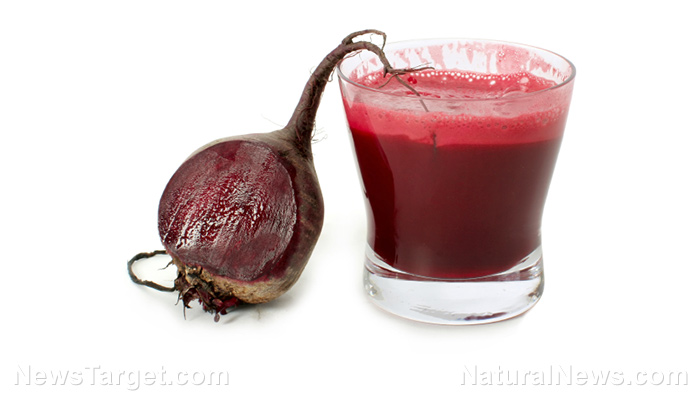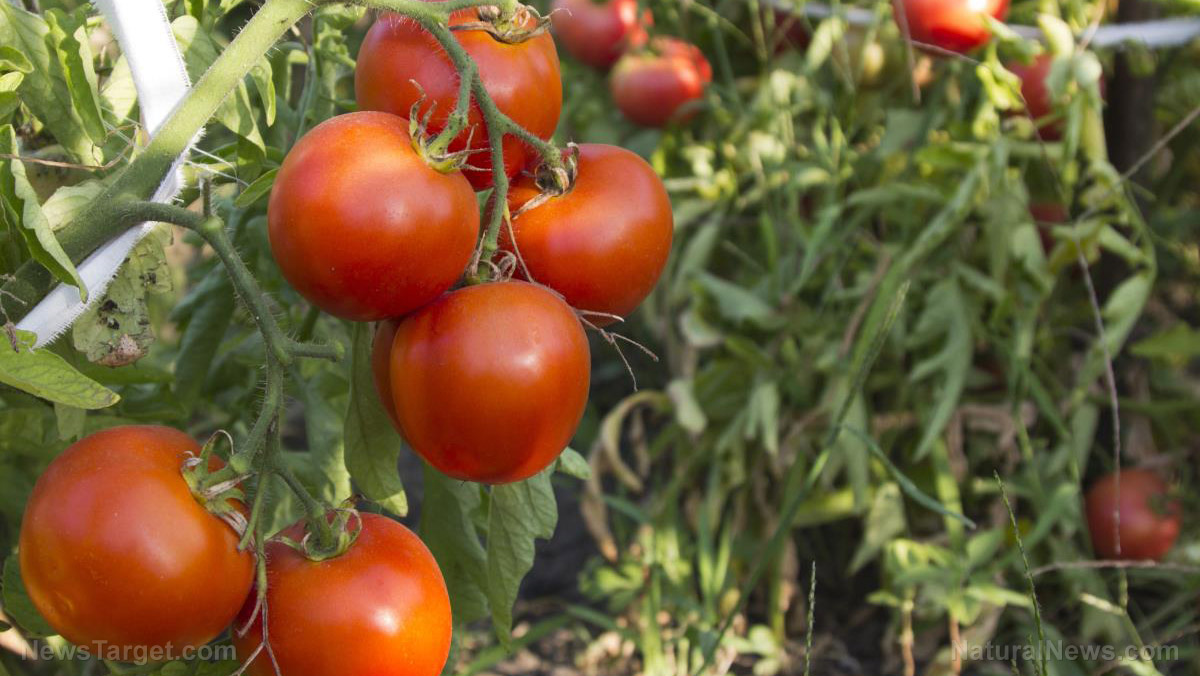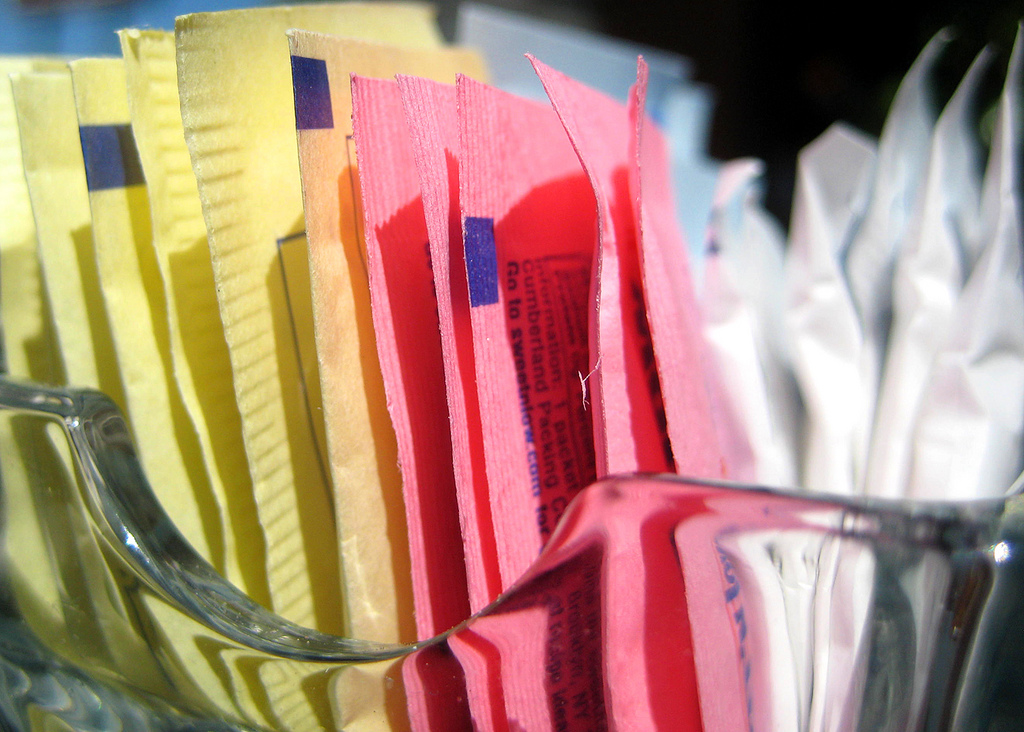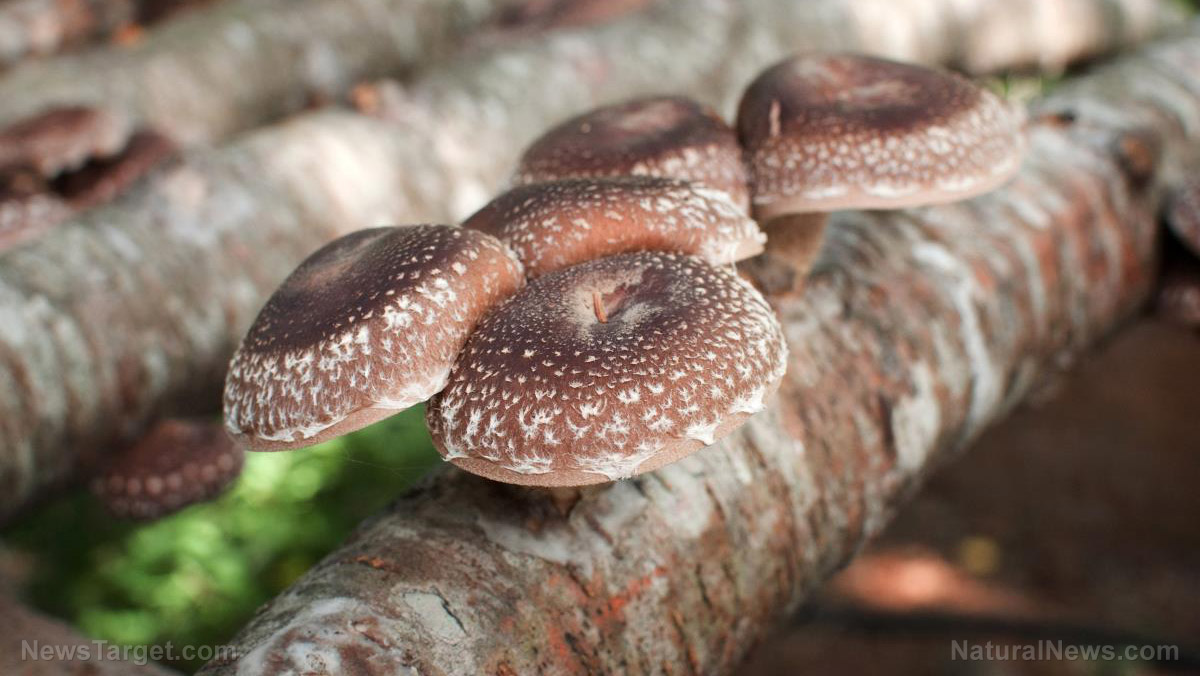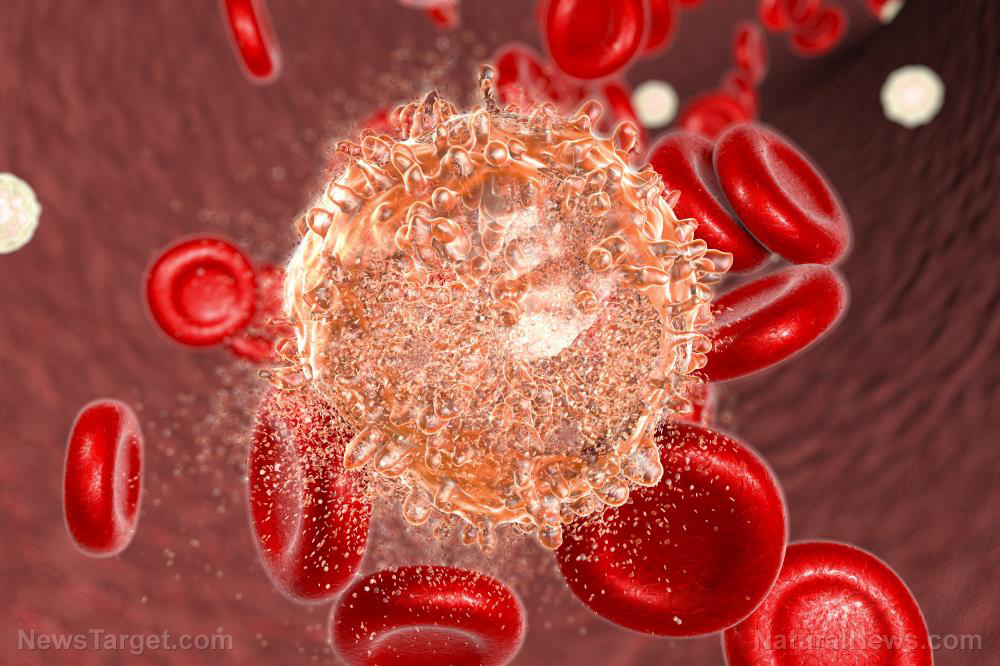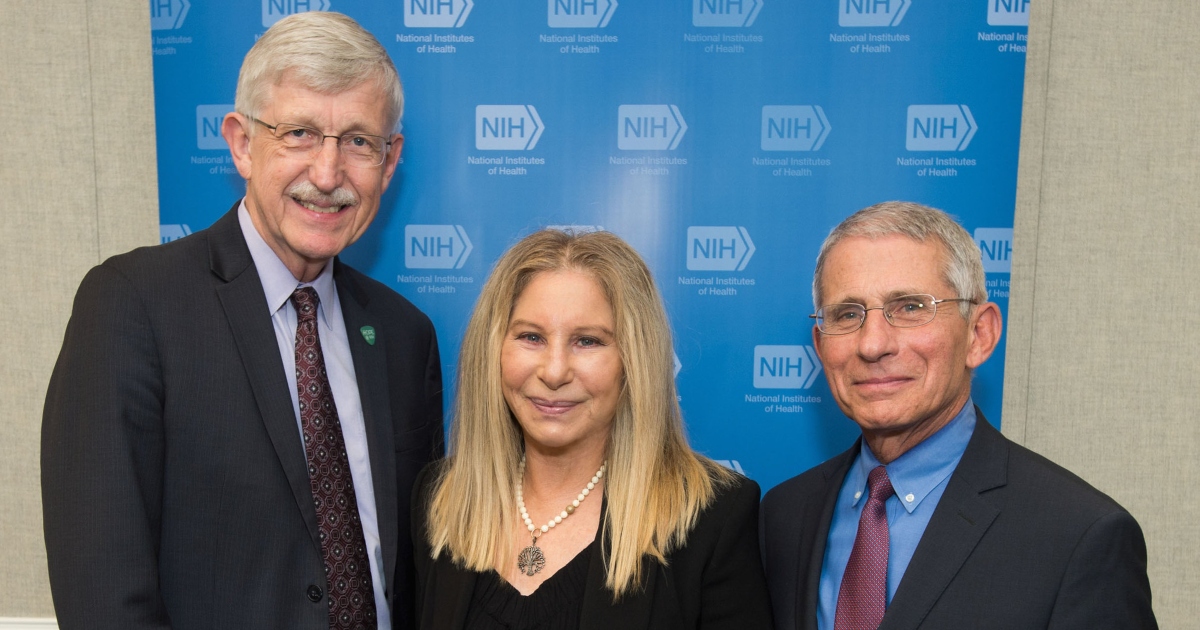More than half the world’s agricultural land is at risk of pesticide pollution, experts warn
04/20/2021 / By Divina Ramirez

New research revealed that 64 percent of global agricultural land is at risk while 31 percent is at high risk of pesticide pollution due to the widespread use of pesticides. According to the research published in the journal Nature Geoscience, Asia had the most land at risk with 1.9 million square miles – mostly in China, Japan, Malaysia and the Philippines.
Lead author Fiona Tang, a postgraduate research student at the University of Sydney, noted that 34 percent of those high-risk lands are in biodiverse regions, 19 percent are in low- and lower-middle-income nations and five percent are in water-scarce areas.
Researchers studied use and spread of 92 active pesticide ingredients in 168 countries
Tang and her colleagues studied the use and spread of 92 active ingredients of pesticides in 168 countries. They considered an area at risk of pesticide pollution if the concentration of an active ingredient exceeded “no observed effect concentrations” (NOEC).
Meanwhile, the researchers considered an area at high risk if the concentration of an active ingredient was over 1,000 times higher than the NOEC.
Results revealed that 64 percent or 24.5 million square kilometers of the world’s agricultural land was at risk of pollution from more than one active pesticide ingredient. Of those lands, 31 percent were at high risk of pollution. Asia had the largest land area at high risk, with China accounting for more than half.
Meanwhile, elevated levels of active pesticide ingredients in agricultural lands across Russia, Spain and Ukraine meant that over 60 percent of European farmland was at high risk of pesticide pollution.

“The potential pollution is widespread,” noted Tang.
On the other hand, agricultural land across Oceania showed the lowest risk of pesticide pollution. However, the researchers considered the Murray-Darling basin in southeastern Australia a high-concern region because of its water scarcity issues and its high biodiversity. Pesticide use, however minimal, threatens to affect both.
The researchers also assessed pesticide pollution risk in terms of different kinds of environment, including soil, surface water, groundwater and atmosphere. Surface water was found to be the most vulnerable to pesticide pollution because pesticide-laden runoff water from commercial farms can pollute other bodies of water.
Pesticide pollution can have serious consequences on human and environmental health. (Related: Brain-damaging neurotoxic pesticide found in hundreds of foods: EPA allows pesticide lobby to dictate policy.)
The study supports the call for a global strategy to transition towards “sustainable agriculture and sustainable living,” which involve minimal pesticide use and reduced food loss.
Co-author Alex McBratney, director of the Sydney Institute of Agriculture at the University of Sydney, added that it would also be important to monitor pesticide residues on an annual basis to detect trends. Doing so would allow experts to better manage and mitigate risks from the use of pesticides across the globe.
Pesticides harm environment, wildlife and humans
Pesticides are often used to boost productivity in farming. Nonetheless, pesticides can impact the environment, wildlife and even humans. For instance, pesticides can contaminate water sources that feed drinking water supplies through runoff and infiltration in both urban and agricultural settings.
In humans, exposure to pesticides or the ingestion of pesticides from contaminated water and produce has been shown to have both acute and chronic adverse health effects.
Some examples of acute effects include rashes, blisters, dizziness, nausea and diarrhea. Meanwhile, chronic effects include cancers, birth defects and reproductive, neurological and developmental health problems. Infants and young children are considered more susceptible than adults to the effects of pesticide exposure.
Pesticides also kill beneficial insects like bees. Previous studies also indicate that the widespread use of pesticides has given rise to antibiotic-resistant bacteria.
Go to Pesticides.news to learn more about the environmental impacts of pesticide use in agriculture.
Sources include:
Submit a correction >>
Tagged Under:
agriculture, chemicals, Ecology, environ, environment, food science, harvest, toxic chemicals, toxic water, toxins
This article may contain statements that reflect the opinion of the author





